Working good indi from bredin
Displays Supply and Demand zones more-or-less in accordance with Sam Seidens teachings.
You should only use the visibility inputs if you have II_SupDem loaded multiple times on a single chart and one of them has forced.tf set to 0
A weak zone "should" represent a rally-base-rally or drop-base-drop S/D zone
There are some styling issues with the HUD


 7Likes
7Likes LinkBack URL
LinkBack URL About LinkBacks
About LinkBacks





 Reply With Quote
Reply With Quote





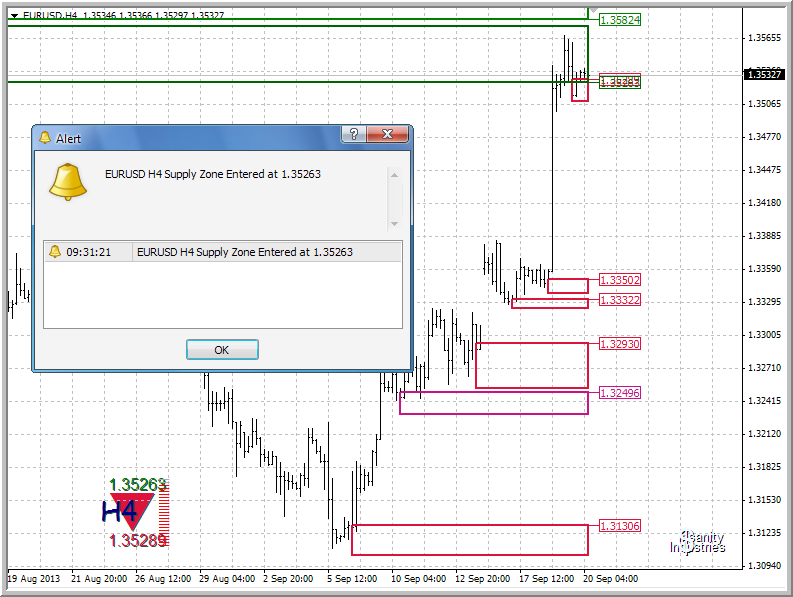
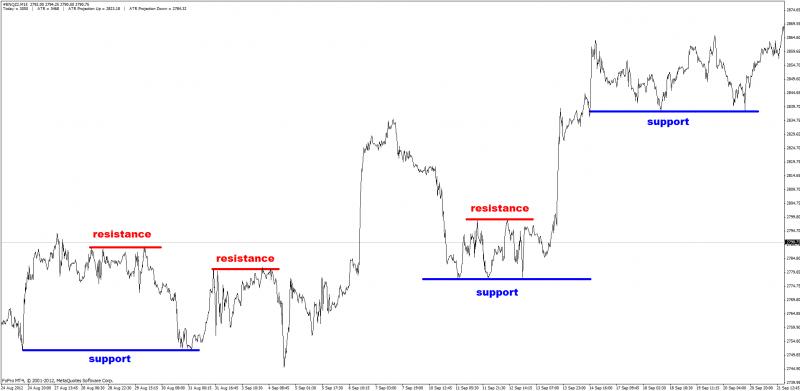
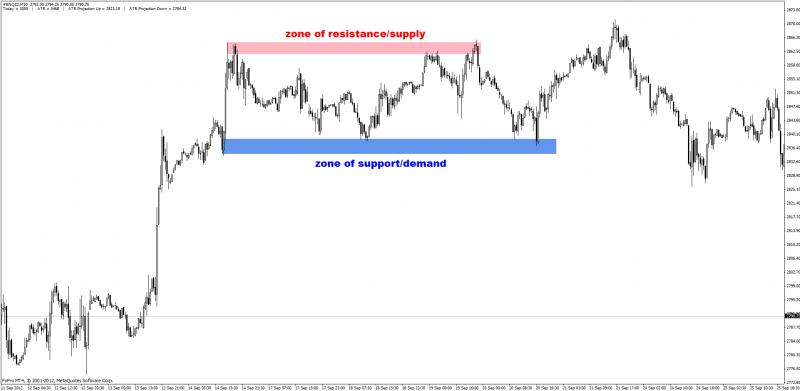
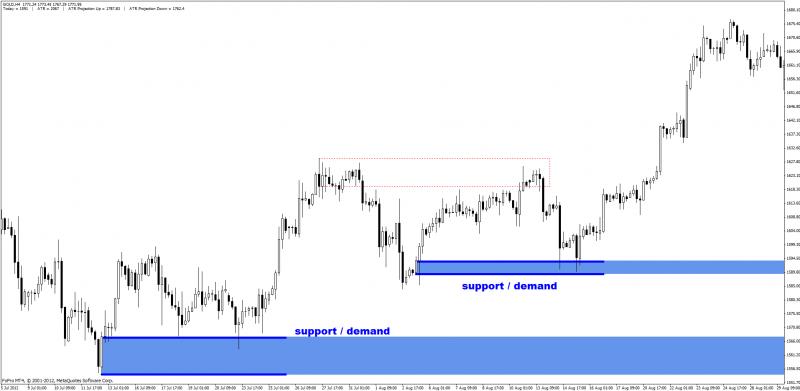
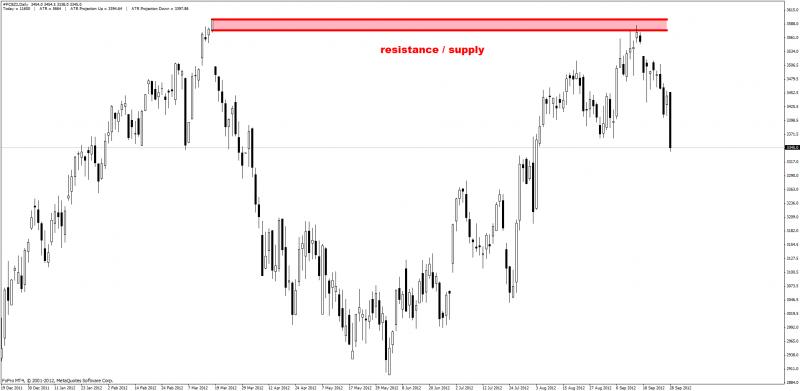
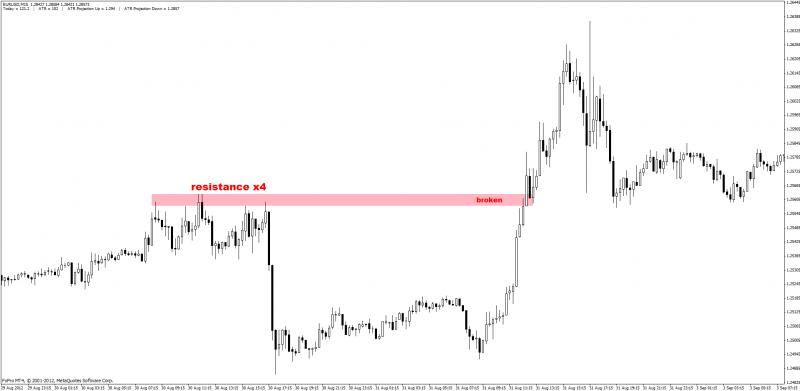


Bookmarks